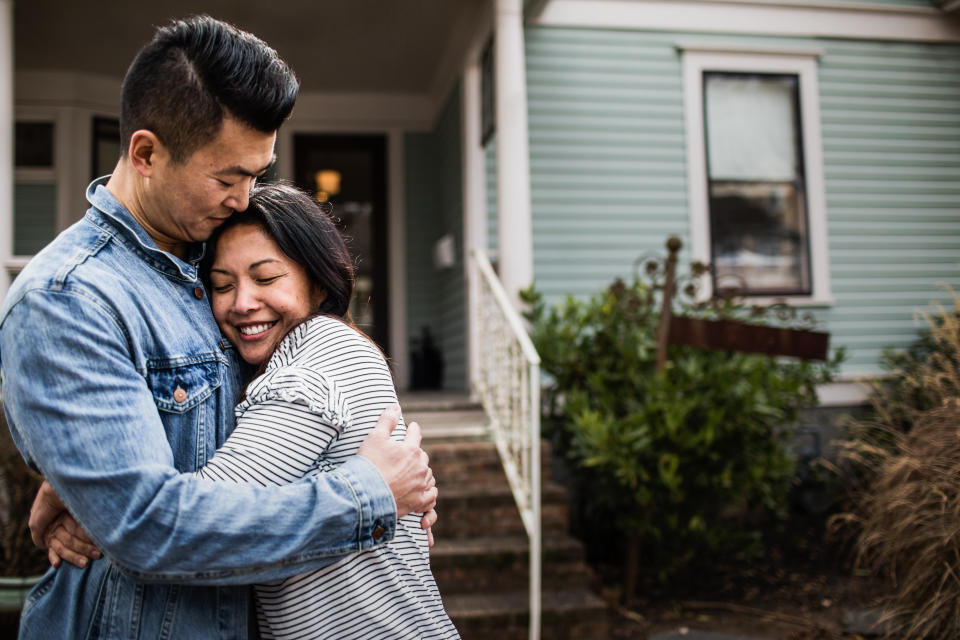Buy your house to live in – before it’s too late

With house prices falling around most parts of Australia since about 2017, there are great opportunities for first home buyers and upgraders to make up for lost time during the prior house price boom.
I say “about 2017” because the Australian property market is not a single market.
Differences in price peaks and troughs and growth rates are evident and obvious between States, cities, towns, postcodes and even streets. This means that prices rose, peaked and have fallen at different times and at different rates according to the State, city, town and postcode.
In broad terms, the Corelogic data base shows house prices peaked in June 2014 in Perth, May 2014 in Darwin, July 2017 in Sydney and November 2017 in Melbourne. Prices in other cities have shown little or no growth over the past year or are in the very early stages of decline.
Be that as it may, houses are now are more affordable now than even a few years ago. This news may shock some people, still working on the false assessment that affordability is simply the interaction of prices and incomes.
‘Affordability’ must include interest rates in the assessment of buying because, quite obviously, paying around 4 per cent on a mortgage of $400,000 is easier than paying 9 per cent on a mortgage of $350,000 and very few first home buyers buy their house without a loan.
There is often a misunderstanding of what affordability actually is and this confusion has seen some potential buyers discouraged from entering the market.
Using the example of a household with the median income, buying a median priced house, with a 20 per cent deposit and a variable mortgage interest rate over a 25 year term as a benchmark, affordability is more favourable now than the average of the last two and half decades.
For someone in these circumstances, around 23 per cent of your income is now needed to service a standard mortgage.
In the period around 1987 to 1991, it was above 25 per cent as it was again for the bulk of the time from 2003 to 2008 and again from 2013 to 2017.
And if house prices drop another 5 per cent by the end of the year, incomes rise 3.5 per cent and interest rates drop just 25 basis points, housing affordability will improve to its best since 2001.
In should be clear that for everyone who missed out on buying during the recent price boom, the opportunity to buy is strong. Any time from now and over the next year or so is likely to be the chance of a lifetime to buy a house.
In stepping into the home ownership market, there are a few things to consider
The time frame for judging the financial reward for buying a house is at least 10 years.
There are not too many buyers of houses n Australia who have lived in and held that property for more than a year who regret it.
Indeed, the higher rate of home ownership for older age cohorts is a source of animosity for younger generations, who indirectly are venting their envy at those who bought a ‘cheap house’ many decades ago, even at the time of the peak “bubbles” in the last 1970s, late 1980s, early 2000s.
I reckon in 20 years, even those who bought at the price peak around 2017 in Sydney or Melbourne will be laughing at their good fortune.
No one can be sure where house prices will be in 10 or 15 years, but if history is any guide, they are very, very likely to be up either moderately or a lot. And of course it will depend on the city, suburb or town in which you have purchased your house, but suffice to say, the only argument in the longer run is an inevitable grind upwards in house prices.
And you must also be aware that even in an economic environment of only moderate wage increases, the average annual increase in household incomes is probably going to be around 3 to 5 %, so that in 10 years, your household pay will be up at least 40% on what it is today and probably 50% or more if you manage to get a few promotions along the way.
So even if the house price is unchanged (which will not happen), the ratio of your income to the price will be so much more in your favour simple because your wage has risen.
And recall also that in the house you live in, all of the capital gains are tax free! There are not many assets that have the rare status.
While the tax arrangement for investors and negative gearing are certain to change, not just in the near term but over time, the owner-occupied house – the one you live in on other words – has tax free capital gains.
And those tax free gains include the value you add by doing landscaping, growing trees and a gorgeous garden and even things like painting and maintenance.
Renovate your bathroom and kitchen and not only do you enjoy using it while you live in the house, it adds value to the house for the day that you sell it.
You know it makes sense.
Make your money work with Yahoo Finance’s daily newsletter. Sign up here and stay on top of the latest money, news and tech news.
Now read: Here’s why you need to buy a house NOW
Now read: Maps: Where mortgage stress is worst in Australian capital cities

 Yahoo Finance
Yahoo Finance 